Code
HCS4490
Weight
3.4 Kg / 7.5 lbs
Size
Height
34cm (13") Width
24cm (9") Depth
17cm (7") Material
Copper
Availability
Available
Date Added
2010-04-08 00:44:57
Note : We used to sell this product 15 years ago so it may no longer be in our stock.
It is possible that we still have it with our suppliers but the price could be different from before.
Feel free to order. We will verify availability and inform you promptly.
It is possible that we still have it with our suppliers but the price could be different from before.
Feel free to order. We will verify availability and inform you promptly.

Safe Payment
We accept Paypal, Money Transfer, Bank Transfer
Confidence
Protection covers your purchase and personal data.
Worldwide Delivery
We ship Worldwide, except Russia.Shipping cost US$25.2 for upto 0.5 kgs

Hotline
Talk to help line for your question on 9841267335his is one of the many forms of Avalokiteshvara comprising 108 as depicted in the Kanak Caitya Mahavihara of Kathmandu.
He manifests in many forms in order to help sentient beings. His 1,000 -armed form is described as follows: His body is white. He has 1,000 arms and one thousand eyes. However his original two hands and two eyes are not included. Out of 1,000 arms of Avalokiteshvara, 38 arms of this lokeshvara are depicted with various symbols or emblems which are given below:
1. Jewel skt.Ratna................... 1. Svetamegha Pasa
2. Noose skt. painda patra.... 2. Kamandalu
3. Alms bowl.............................. 3. indapatra
4. Padma................................... 4. Sword
5.Khadga................................... 5. Vajrai
6. Sankha................................ 6. Suryakantmani
7. Kapala................................. 7. Candrakantmani
8. Akshamala.......................... 8. Dhanu
9. Ghanta................................. 9. A root shoot of willow
10 .Vajra.................................. 10. Camara
11. Amkush............................ 11. Kavaca
12. Danda............................... 12. Kalasa
13. Nirmita Buddha............... 13. Parasu
14. Devalaya.......................... 14. Akshamala
15. Pustakapothi................... 15 Utpala
16. Cakra.............................. 16. Kamandalu
17. Buddha pratima............... 17. Surya
18. Phala................................ 18. Pundarika
19. Padmakeshara............... 19. Dhanyamanjary
Sometimes he is depicted with emblems with eight arms only carrying rosary, disc, varada mudra and jewel with his right hands and lotus, bow, vase and clapping Ratna with his left hands. He wears antilope skin on his shoulders symbolizing compassionate nature. He wears all the bodhisattva ornaments like earrings, and so on. He has eleven heads. the eleventh one being his spritual sire Buddha Amitabha. It is said that Bodhisattva Avalokiteshvara made the commitment in front of Buddha Amitabha to intentionally manifest into the three realms of samsara in order to liberate all sentient beings from samsara and to be their supreme guide. He also vowed that if by chance his compassion and courageous mind of mercy for sentient beings were to decrease, then let his head and body just completely crack and fall into one thousand pieces. Receiving blessings from Buddha Amitabha, Avalokiteshvara went through universal manifestations into the three realms of samsara. thereby he went to Hell and emancipated them from both the hot and cold hells by teaching
Om mani pad me hung.
He in turn went to ghost realm, human, Asura and Deva realms to free the sentient beings from their respective suffering. He absolutely emptied the ocean of suffering. Following which he went back to Buddha Amitabha and declared that the liberation had been effected. Buddha Amitabha said to him, "you should look again, look back again and again into the world." And as he did, there he saw once again that sentient beings were in samsara and in sorrow, he became so disappointed when he saw the sight. then his enlightened thought (Bodhicitta) decreasedin the moment and he lost his courage. He became disappointed in the very presence of Buddha Amitabha.
He felt how could the time come to liberate all sentient beings for ever from this type of condition. And instantly when his mind felt with sorrow, his body and head just cracked and fell apart into one thousand pieces, and then he fainted. Avalokiteshvara thus fainted, and Buddha Amitabha said to him, "My son where has your courage, your mental strength gone?" He picked up all the pieces of his body and the head. At the same time he said, "this happened because of your prayer. You deserve the praise of all Buddhas since your prayer was efficacious. However, noble son! Don't worry." thereby he blessed his broken heads into eleven faces and he sat upon those heads and his broken body into one thousand hands like one thousand petals of the lotus. thereafter he said, "I bow to you because your thousand hands are the hands of the thousand universal emperors and those eyes in each of the palms of the hands are the eyes of one thousand Buddhas who will appear in this fortunate aeon. After that Avalokiteshvara appeared in many different forms in order to tame the suffering sentient beings and he successfully accomplished many events. the image of 1,000 armed Avalokiteshvara in stone is rare in Kathmandu valley. the bronze images can be seen here and there. Basically a system of fasting ceremony called Nyune from Tibet came to Kathmandu too, through Tibetan Buddhists Masters. In this fasting ceremony the practice; or sadhana is usually devoted to this form of Avalokiteshvara. thousand armed Avalokiteshvara form of image can be found in China too. A giant image of 1,000 armed Avalokiteshvara is installed in the Maitreya temple in Tainan. It was carved out of wood and has aesthetical value.
He manifests in many forms in order to help sentient beings. His 1,000 -armed form is described as follows: His body is white. He has 1,000 arms and one thousand eyes. However his original two hands and two eyes are not included. Out of 1,000 arms of Avalokiteshvara, 38 arms of this lokeshvara are depicted with various symbols or emblems which are given below:
1. Jewel skt.Ratna................... 1. Svetamegha Pasa
2. Noose skt. painda patra.... 2. Kamandalu
3. Alms bowl.............................. 3. indapatra
4. Padma................................... 4. Sword
5.Khadga................................... 5. Vajrai
6. Sankha................................ 6. Suryakantmani
7. Kapala................................. 7. Candrakantmani
8. Akshamala.......................... 8. Dhanu
9. Ghanta................................. 9. A root shoot of willow
10 .Vajra.................................. 10. Camara
11. Amkush............................ 11. Kavaca
12. Danda............................... 12. Kalasa
13. Nirmita Buddha............... 13. Parasu
14. Devalaya.......................... 14. Akshamala
15. Pustakapothi................... 15 Utpala
16. Cakra.............................. 16. Kamandalu
17. Buddha pratima............... 17. Surya
18. Phala................................ 18. Pundarika
19. Padmakeshara............... 19. Dhanyamanjary
Sometimes he is depicted with emblems with eight arms only carrying rosary, disc, varada mudra and jewel with his right hands and lotus, bow, vase and clapping Ratna with his left hands. He wears antilope skin on his shoulders symbolizing compassionate nature. He wears all the bodhisattva ornaments like earrings, and so on. He has eleven heads. the eleventh one being his spritual sire Buddha Amitabha. It is said that Bodhisattva Avalokiteshvara made the commitment in front of Buddha Amitabha to intentionally manifest into the three realms of samsara in order to liberate all sentient beings from samsara and to be their supreme guide. He also vowed that if by chance his compassion and courageous mind of mercy for sentient beings were to decrease, then let his head and body just completely crack and fall into one thousand pieces. Receiving blessings from Buddha Amitabha, Avalokiteshvara went through universal manifestations into the three realms of samsara. thereby he went to Hell and emancipated them from both the hot and cold hells by teaching
Om mani pad me hung.
He in turn went to ghost realm, human, Asura and Deva realms to free the sentient beings from their respective suffering. He absolutely emptied the ocean of suffering. Following which he went back to Buddha Amitabha and declared that the liberation had been effected. Buddha Amitabha said to him, "you should look again, look back again and again into the world." And as he did, there he saw once again that sentient beings were in samsara and in sorrow, he became so disappointed when he saw the sight. then his enlightened thought (Bodhicitta) decreasedin the moment and he lost his courage. He became disappointed in the very presence of Buddha Amitabha.
He felt how could the time come to liberate all sentient beings for ever from this type of condition. And instantly when his mind felt with sorrow, his body and head just cracked and fell apart into one thousand pieces, and then he fainted. Avalokiteshvara thus fainted, and Buddha Amitabha said to him, "My son where has your courage, your mental strength gone?" He picked up all the pieces of his body and the head. At the same time he said, "this happened because of your prayer. You deserve the praise of all Buddhas since your prayer was efficacious. However, noble son! Don't worry." thereby he blessed his broken heads into eleven faces and he sat upon those heads and his broken body into one thousand hands like one thousand petals of the lotus. thereafter he said, "I bow to you because your thousand hands are the hands of the thousand universal emperors and those eyes in each of the palms of the hands are the eyes of one thousand Buddhas who will appear in this fortunate aeon. After that Avalokiteshvara appeared in many different forms in order to tame the suffering sentient beings and he successfully accomplished many events. the image of 1,000 armed Avalokiteshvara in stone is rare in Kathmandu valley. the bronze images can be seen here and there. Basically a system of fasting ceremony called Nyune from Tibet came to Kathmandu too, through Tibetan Buddhists Masters. In this fasting ceremony the practice; or sadhana is usually devoted to this form of Avalokiteshvara. thousand armed Avalokiteshvara form of image can be found in China too. A giant image of 1,000 armed Avalokiteshvara is installed in the Maitreya temple in Tainan. It was carved out of wood and has aesthetical value.
About Chocolate Oxidized
This Sahasrabhuja Avalokitesvara Statue, [chocolate Oxidized] has been meticulously treated with a chocolate color antique patina. The intention behind this patina is to replicate the appearance of a copper statue that has gracefully aged over a century. Unlike a simple coat of paint, this patina is not applied superficially and is designed to endure. It undergoes an artificial oxidation process that adds depth and character, while also serving as a protective layer against natural oxidation.
By imitating the natural aging process, the chocolate color antique patina lends an air of authenticity and vintage charm to the Sahasrabhuja Avalokitesvara Statue, [chocolate Oxidized]. This carefully crafted finish ensures that the patina remains intact for an extended period, offering longevity and resistance to wear. The result is a unique piece that captures the essence of a time-worn copper statue, evoking a sense of history and artistic heritage.
This Sahasrabhuja Avalokitesvara Statue, [chocolate Oxidized] has been meticulously treated with a chocolate color antique patina. The intention behind this patina is to replicate the appearance of a copper statue that has gracefully aged over a century. Unlike a simple coat of paint, this patina is not applied superficially and is designed to endure. It undergoes an artificial oxidation process that adds depth and character, while also serving as a protective layer against natural oxidation.
By imitating the natural aging process, the chocolate color antique patina lends an air of authenticity and vintage charm to the Sahasrabhuja Avalokitesvara Statue, [chocolate Oxidized]. This carefully crafted finish ensures that the patina remains intact for an extended period, offering longevity and resistance to wear. The result is a unique piece that captures the essence of a time-worn copper statue, evoking a sense of history and artistic heritage.
Lost-Wax System
This Avalokitesvara of Sahasrabhuja Avalokitesvara Statue, [chocolate Oxidized] is made by the process of the Lost Wax system. This is a very complicated, time consuming and historic process of making metal sculptures.Which is why it is sometimes called Precision Casting as well. Hence the sculptures made by this process are comparatively expensive. There are many new, advanced and less time consuming methods of casting metal sculptures available as well. But due to the benefits provided by the traditional lost wax system in quality control and customization, we prefer the Loss wax system over Ceramic molding, or sand casting to make our Avalokitesvara.
Below we have tried to illustrate the process of making a loss wax system statue: Read More . . .
This Avalokitesvara of Sahasrabhuja Avalokitesvara Statue, [chocolate Oxidized] is made by the process of the Lost Wax system. This is a very complicated, time consuming and historic process of making metal sculptures.Which is why it is sometimes called Precision Casting as well. Hence the sculptures made by this process are comparatively expensive. There are many new, advanced and less time consuming methods of casting metal sculptures available as well. But due to the benefits provided by the traditional lost wax system in quality control and customization, we prefer the Loss wax system over Ceramic molding, or sand casting to make our Avalokitesvara.
Below we have tried to illustrate the process of making a loss wax system statue: Read More . . .


![Sahasrabhuja Avalokitesvara Statue, [chocolate Oxidized]](https://handicraftseller.com/uploads/pics/product/thumb/2010/04/4490.jpg)
![Sahasrabhuja Avalokitesvara Statue, [chocolate Oxidized]](https://handicraftseller.com/uploads/pics/product/thumb/2010/04/4490_2.jpg)
![Sahasrabhuja Avalokitesvara Statue, [chocolate Oxidized]](https://handicraftseller.com/uploads/pics/product/thumb/2010/04/4490_1.jpg)
![Sahasrabhuja Avalokitesvara Statue, [chocolate Oxidized]](https://handicraftseller.com/uploads/pics/product/thumb/2010/04/4490_0.jpg)


























































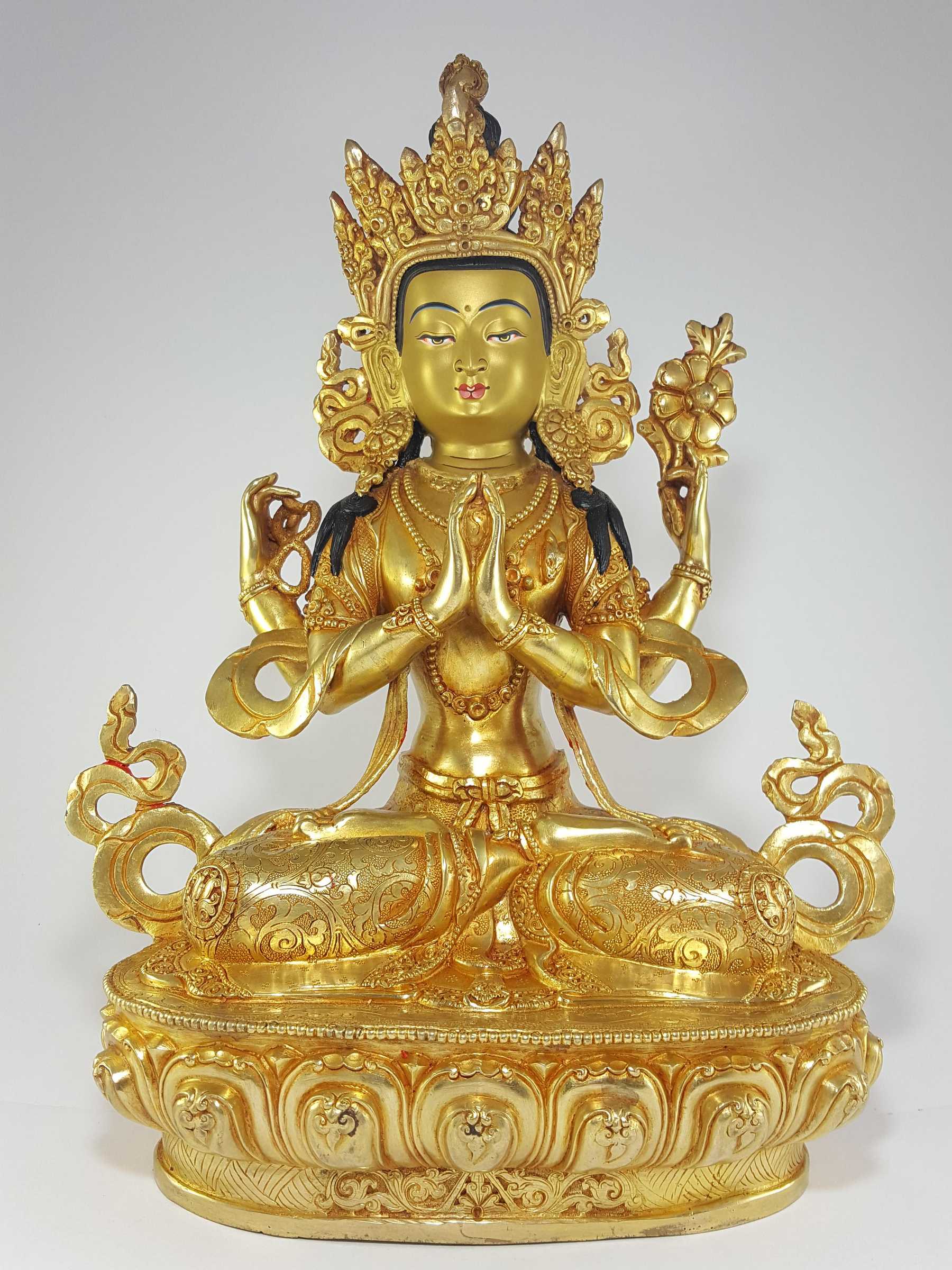 of Chenrezig
of Chenrezig  of Chenrezig
of Chenrezig 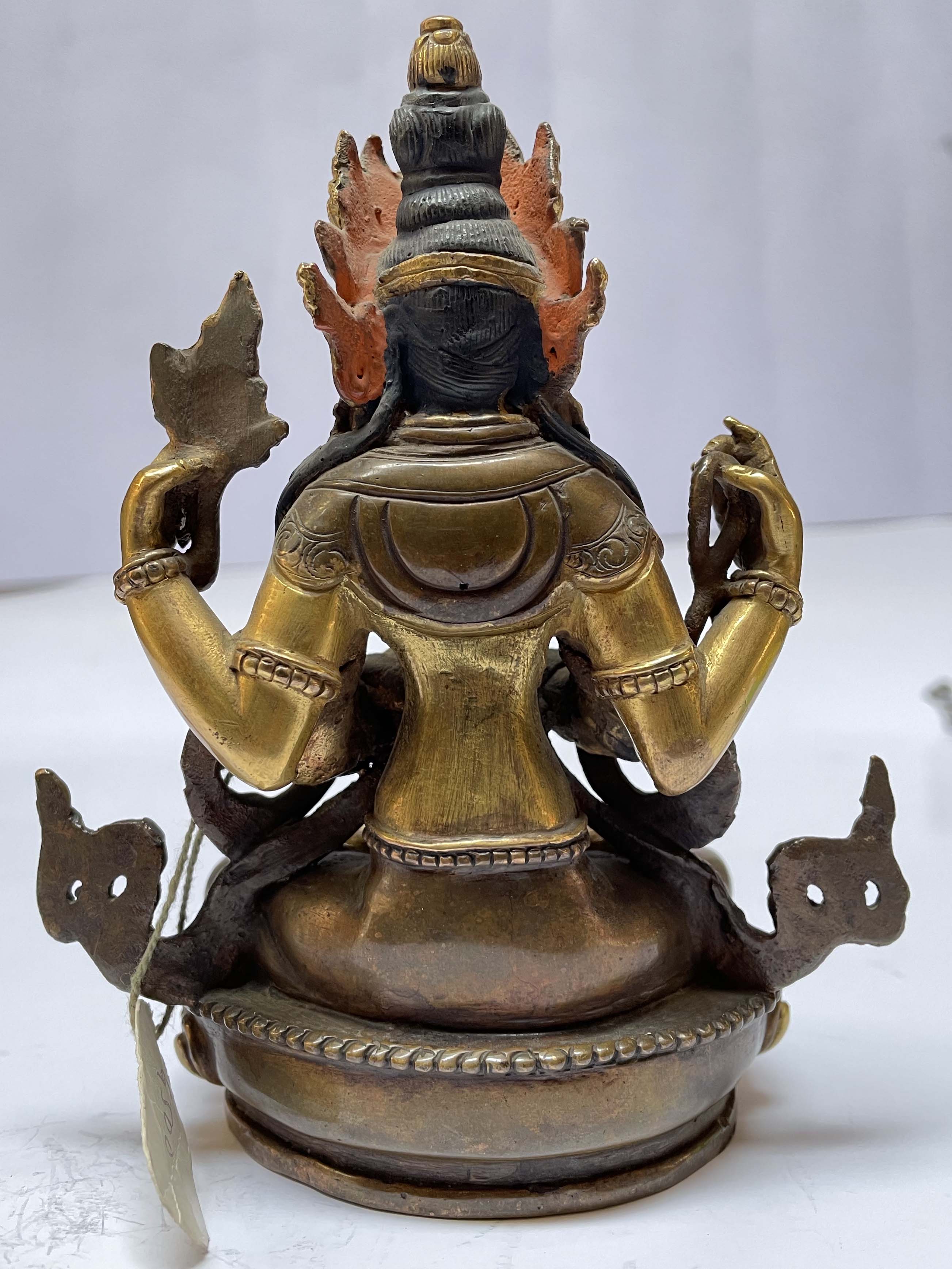 of Chenrezig,
of Chenrezig, 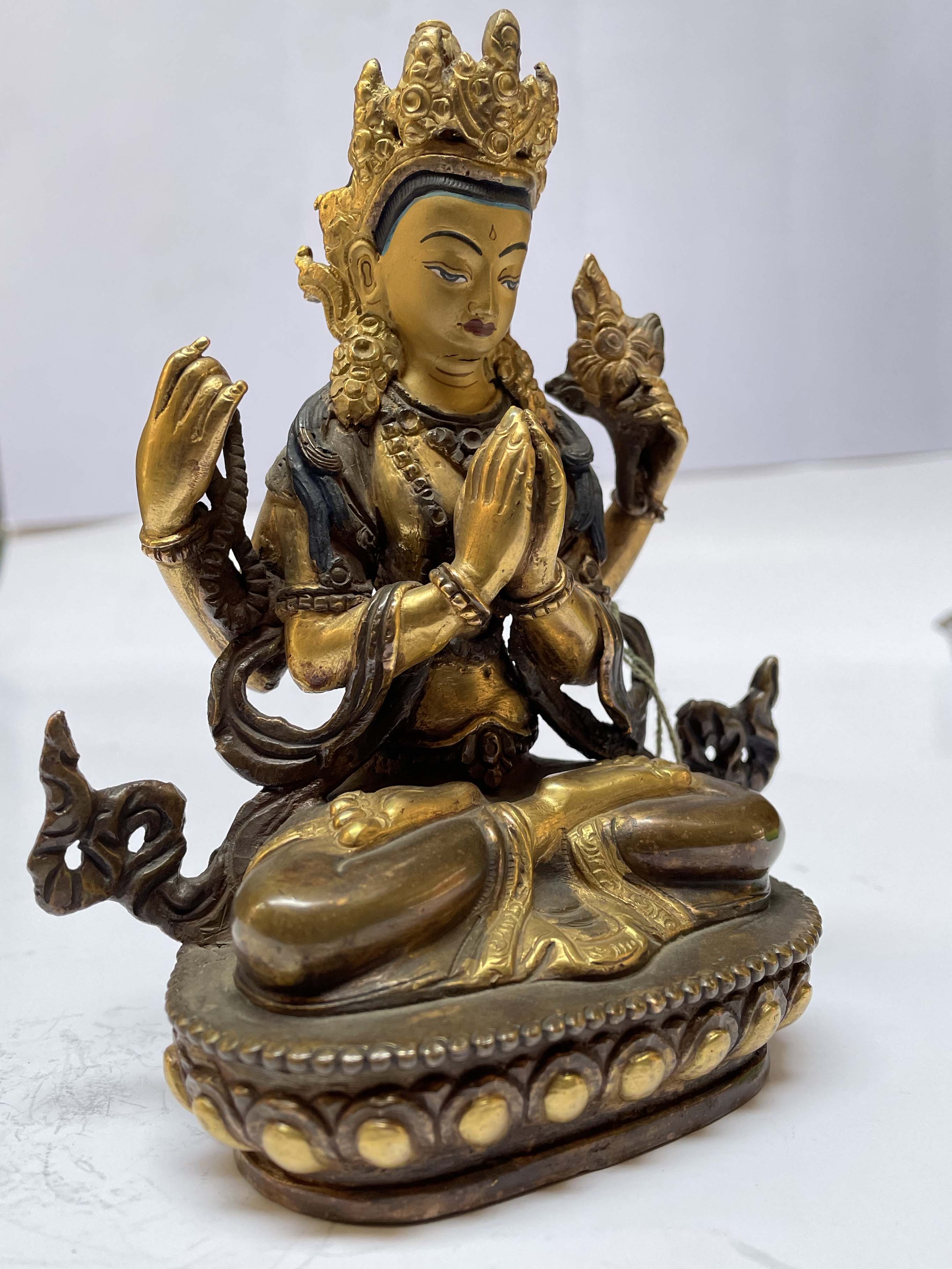 of Chenrezig,
of Chenrezig, 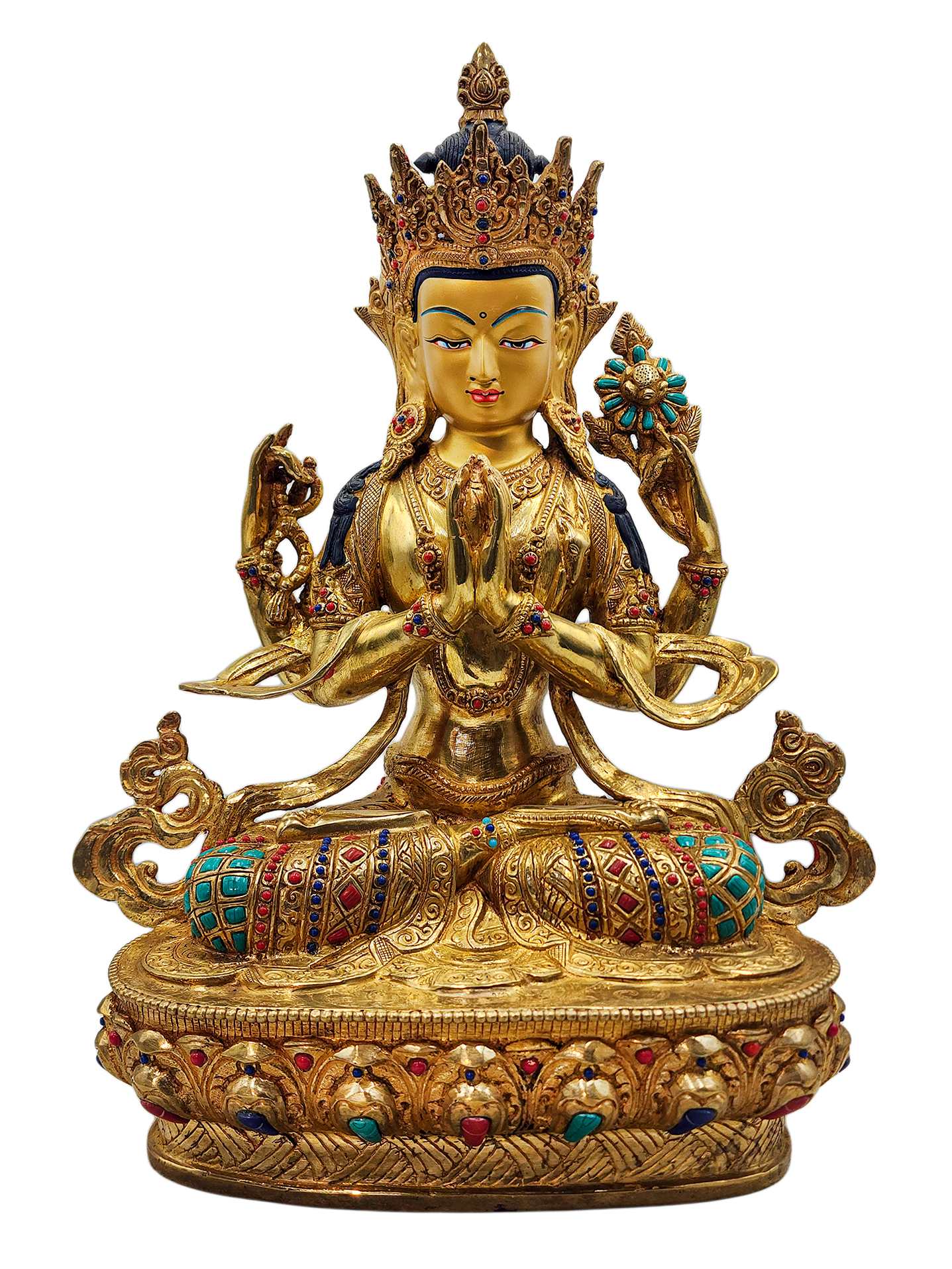 Chenrezig, Buddhist Handmade Statue,
Chenrezig, Buddhist Handmade Statue,  Chenrezig, Buddhist Handmade Statue,
Chenrezig, Buddhist Handmade Statue, 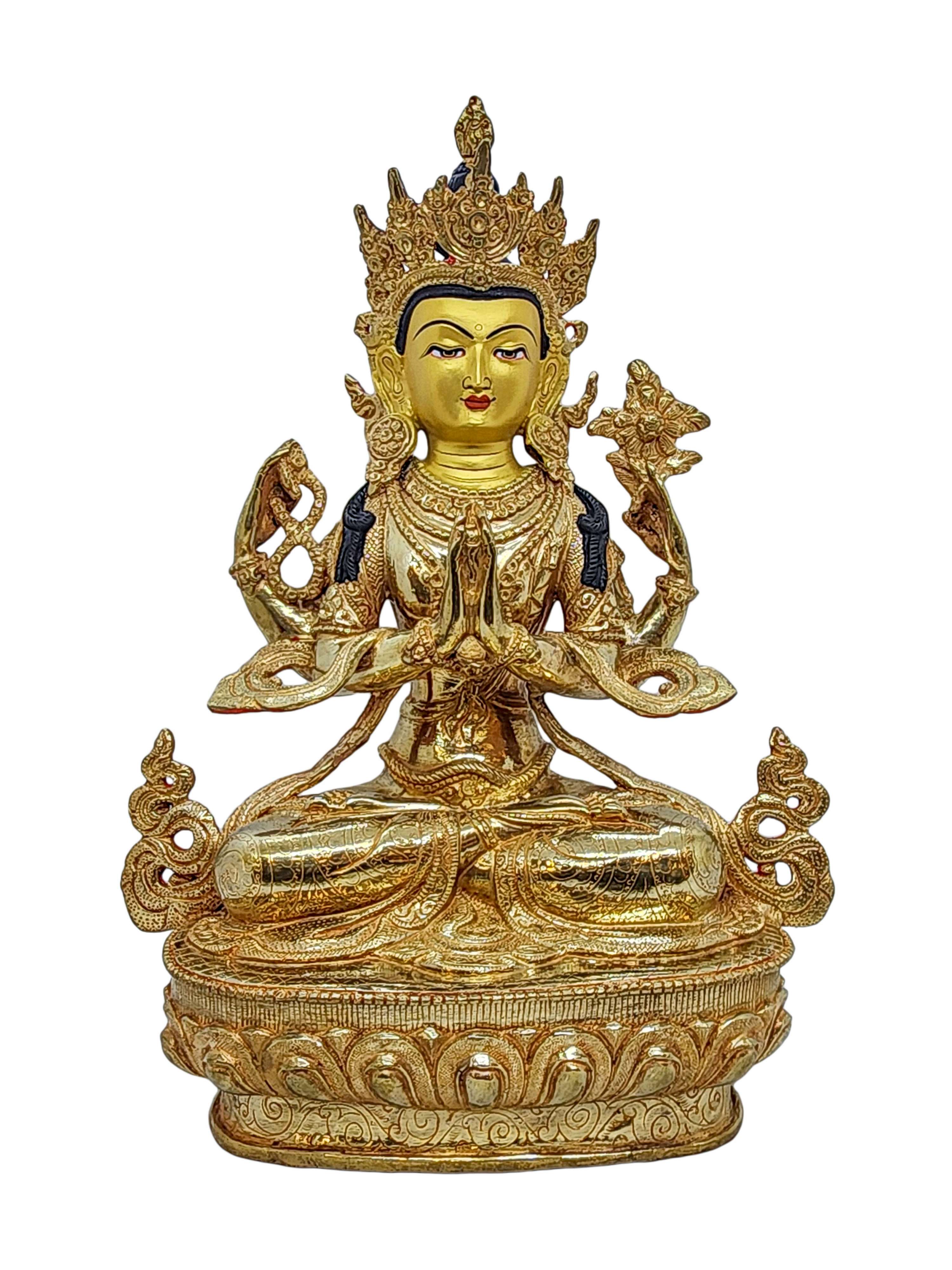 Chenrezig, Buddhist Handmade Statue,
Chenrezig, Buddhist Handmade Statue, 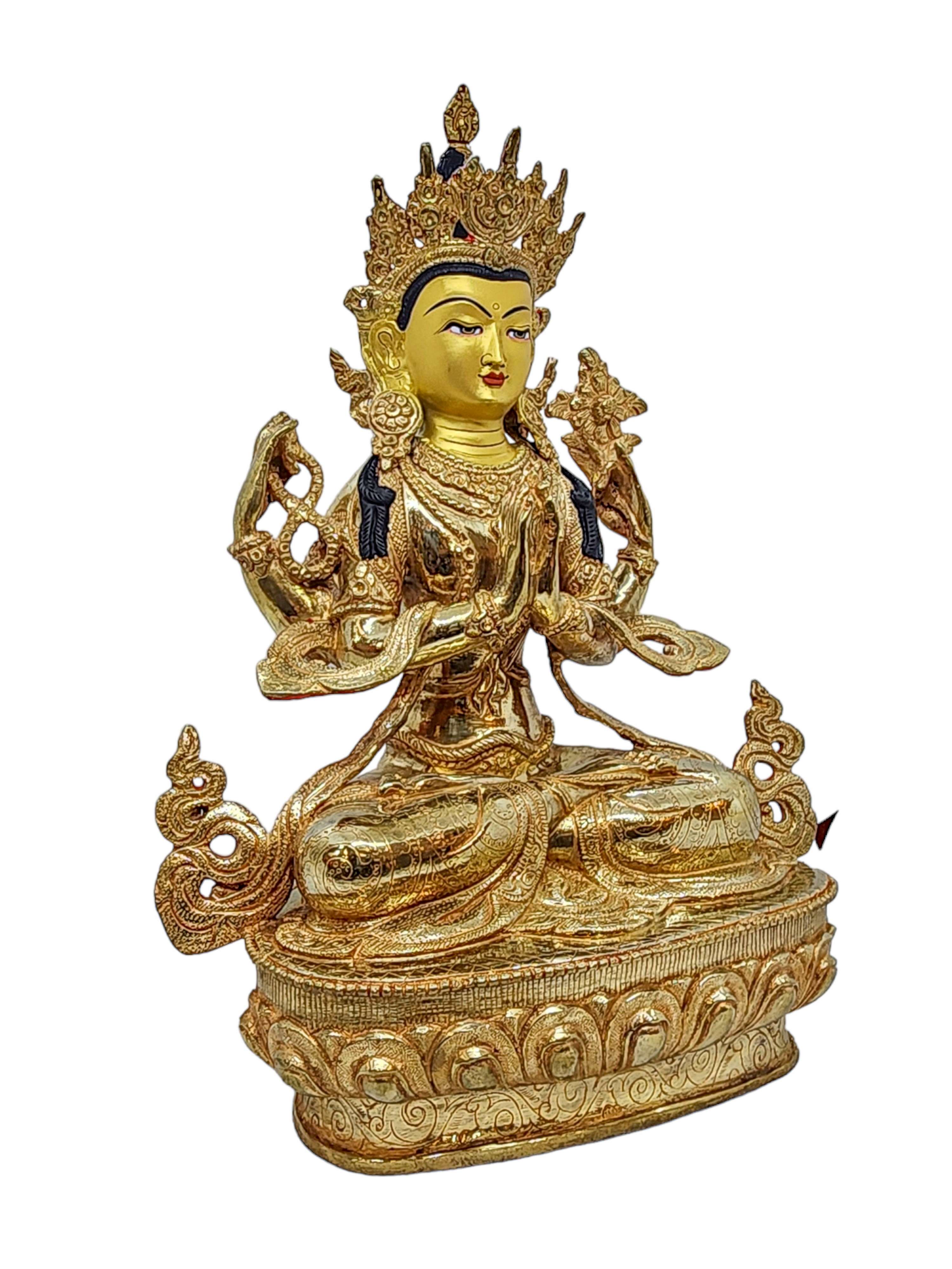 Chenrezig, Buddhist Handmade Statue,
Chenrezig, Buddhist Handmade Statue, 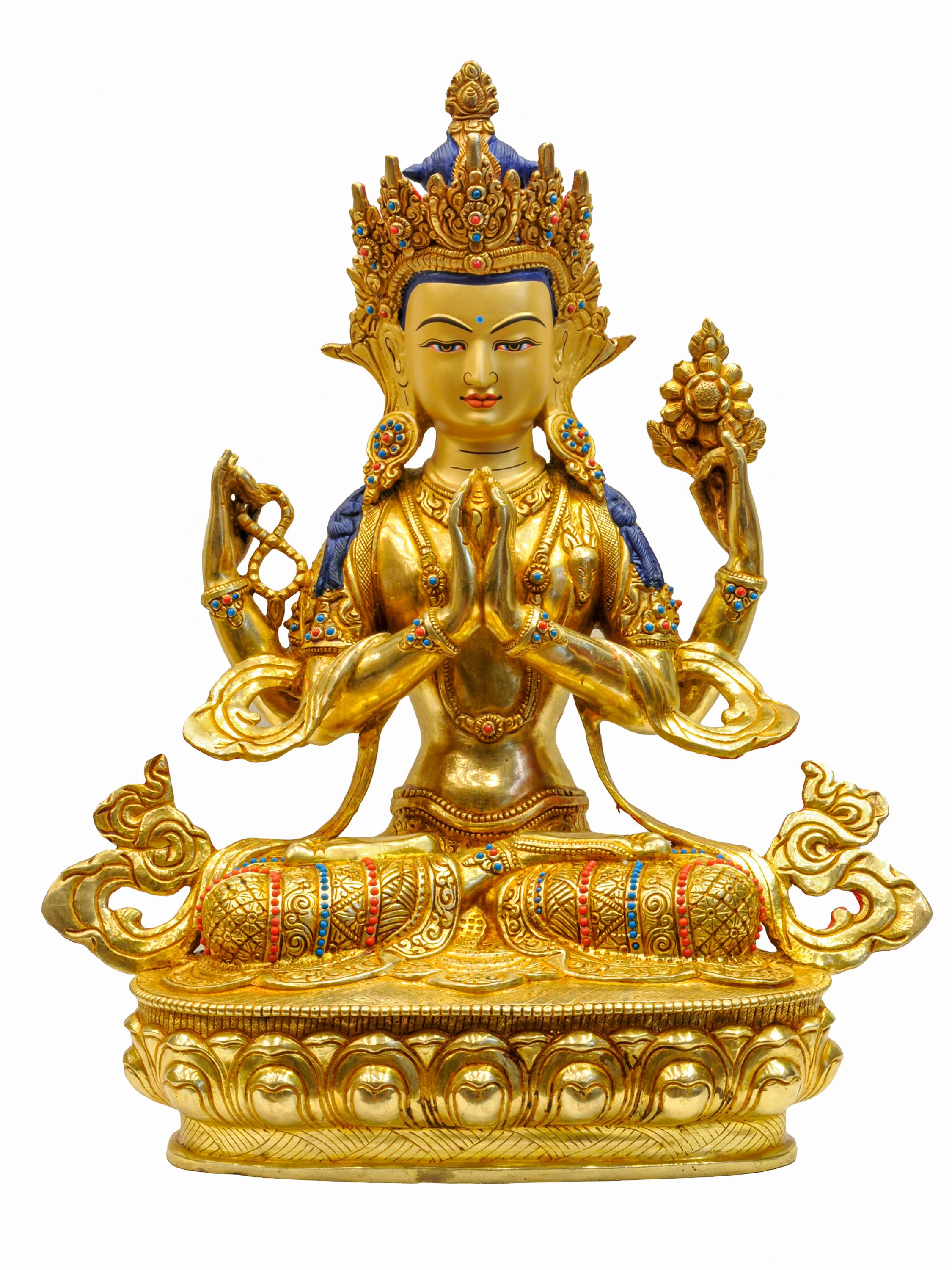 of Chenrezig,
of Chenrezig,  of Chenrezig,
of Chenrezig, 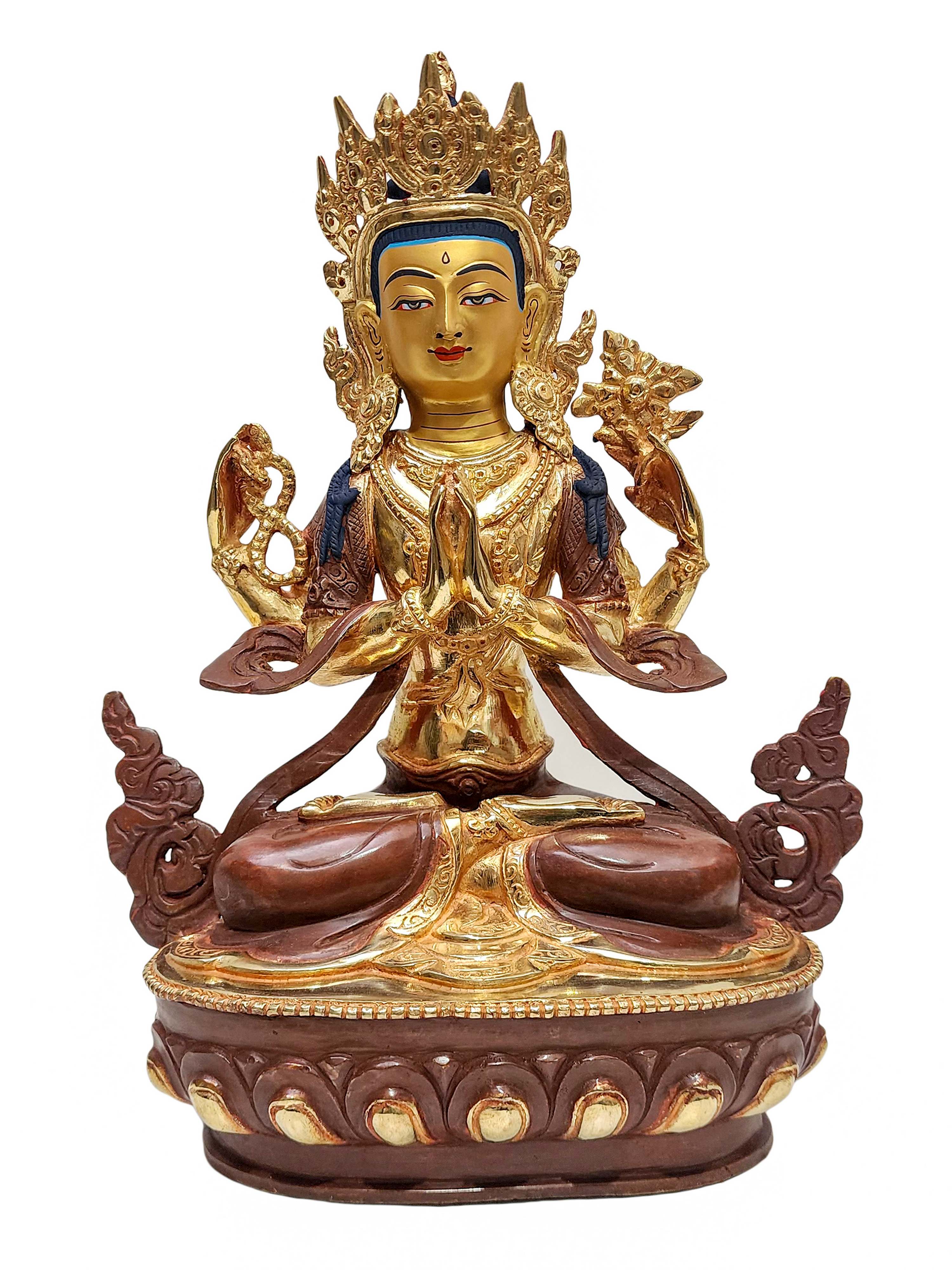 Chenrezig, Buddhist Handmade Statue,
Chenrezig, Buddhist Handmade Statue, 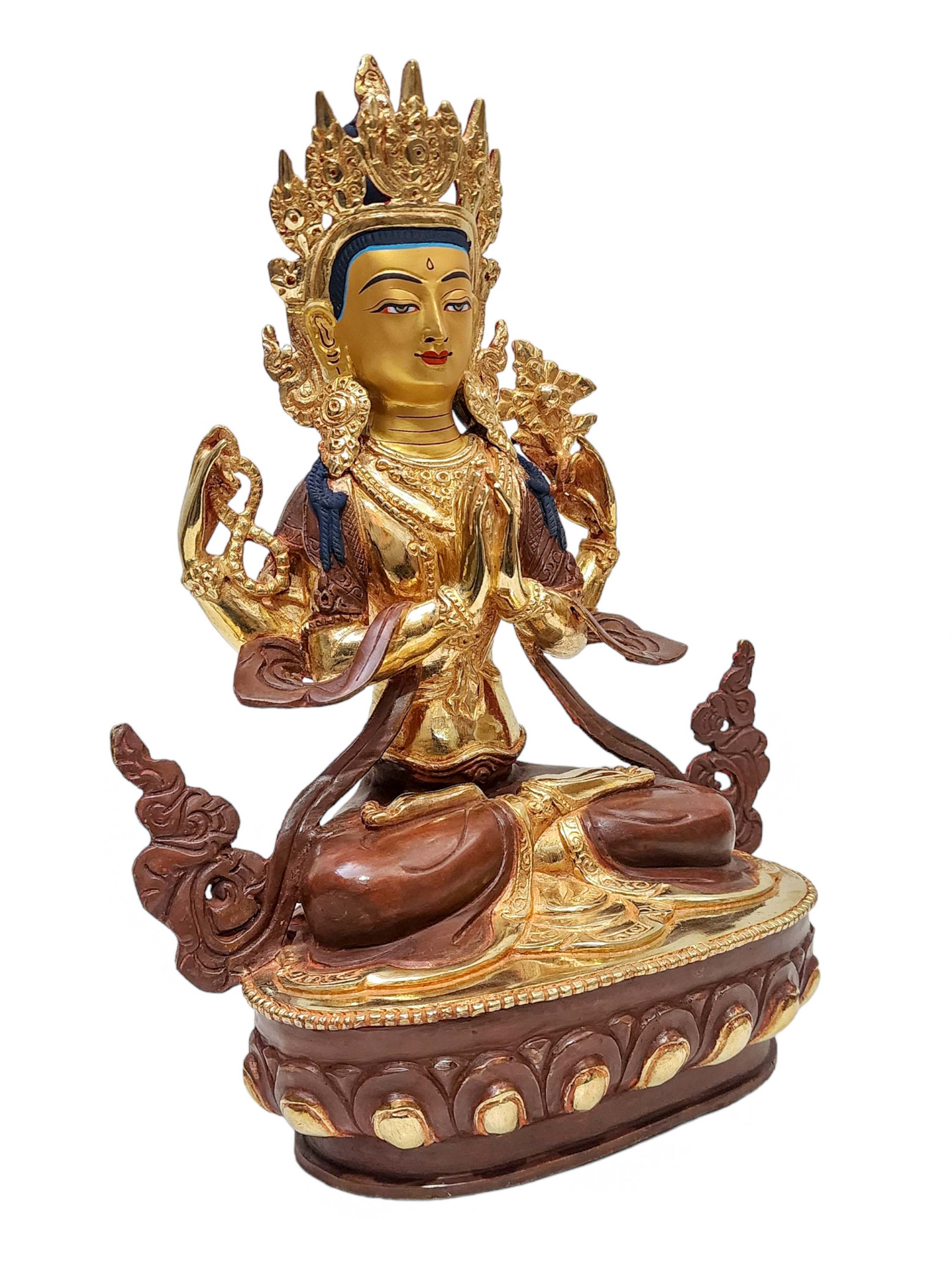 Chenrezig, Buddhist Handmade Statue,
Chenrezig, Buddhist Handmade Statue, 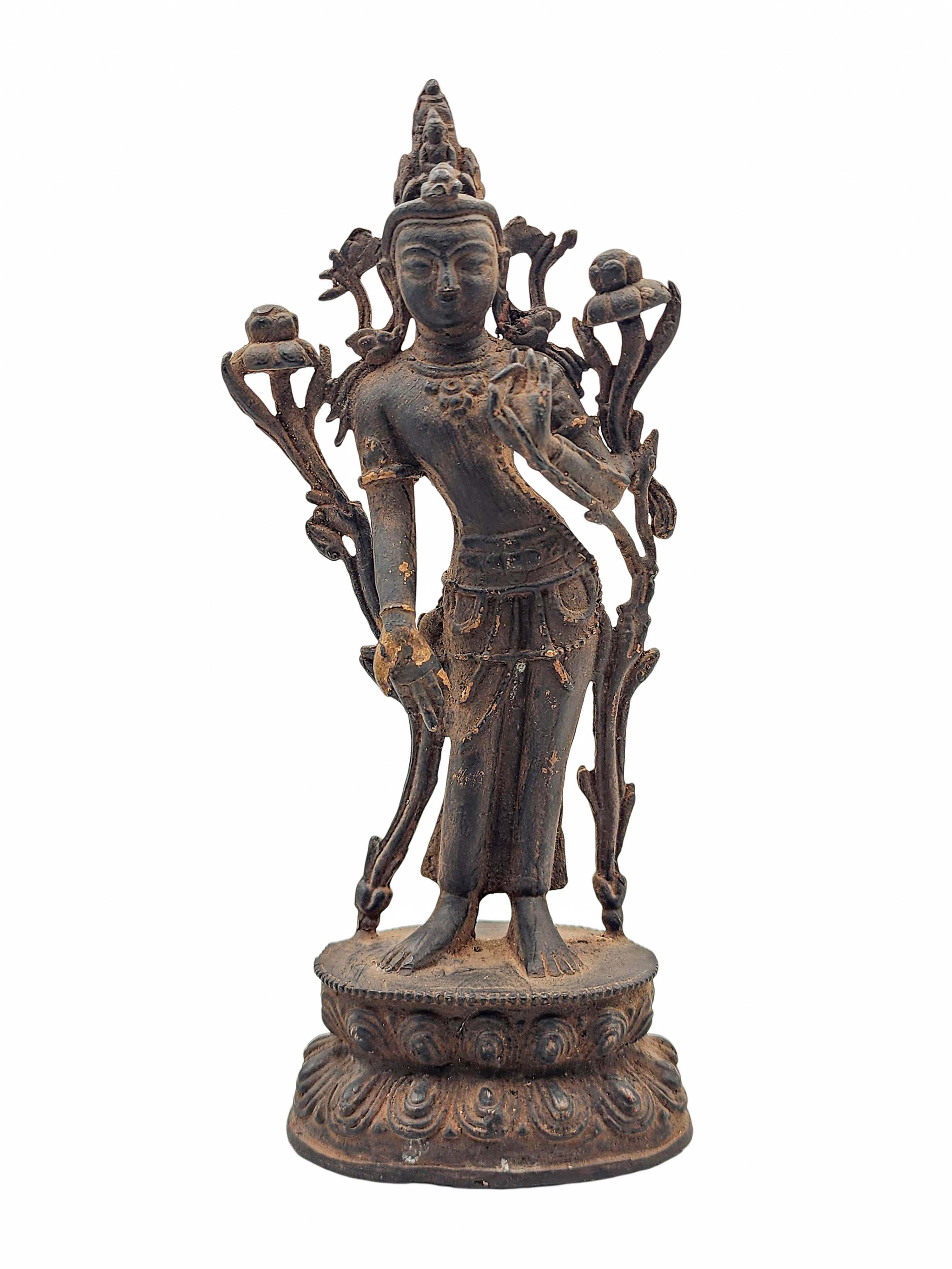 Padmapani Lokeshvara, Buddhist Handmade Statue,
Padmapani Lokeshvara, Buddhist Handmade Statue, 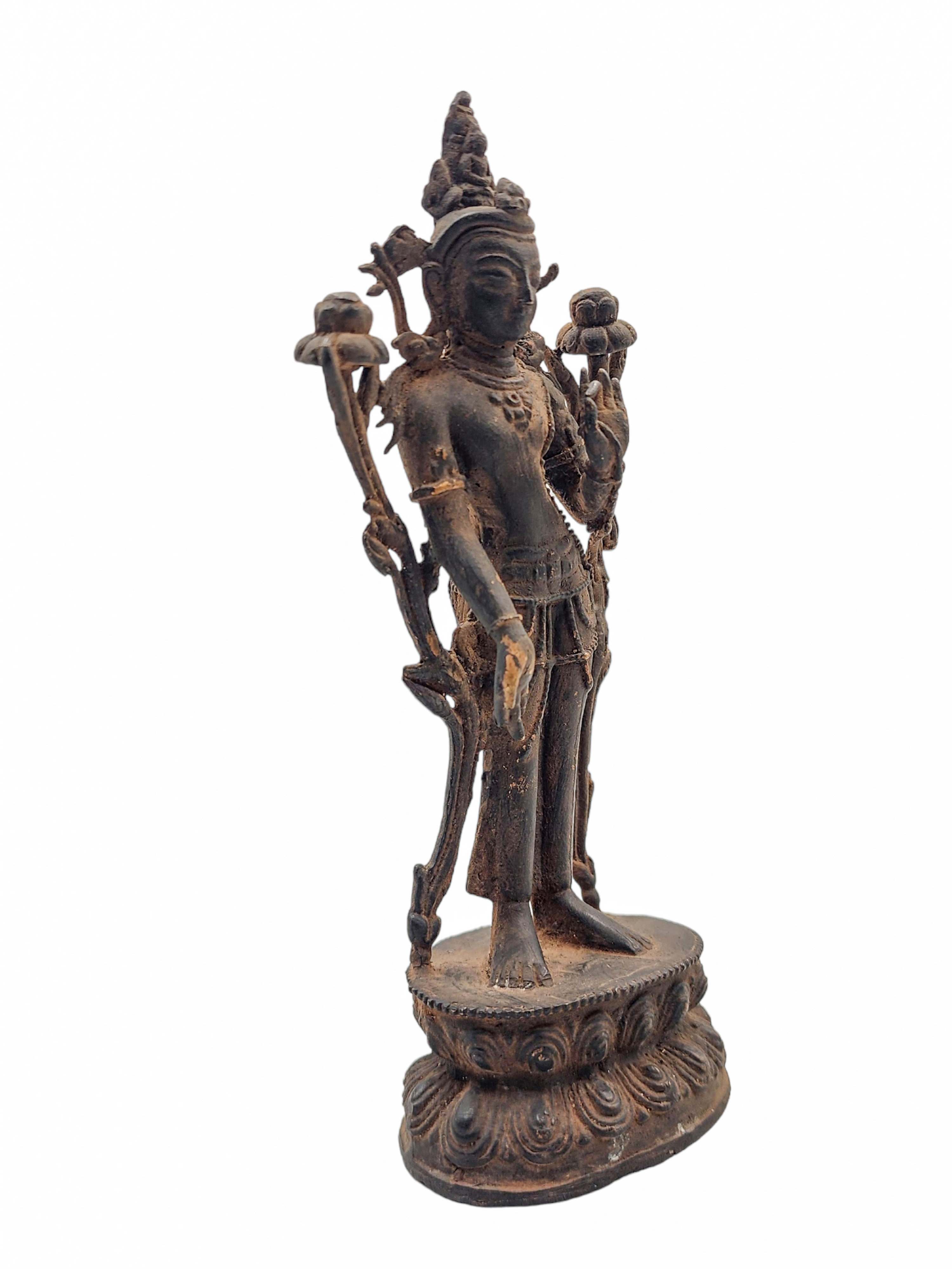 Padmapani Lokeshvara, Buddhist Handmade Statue,
Padmapani Lokeshvara, Buddhist Handmade Statue, 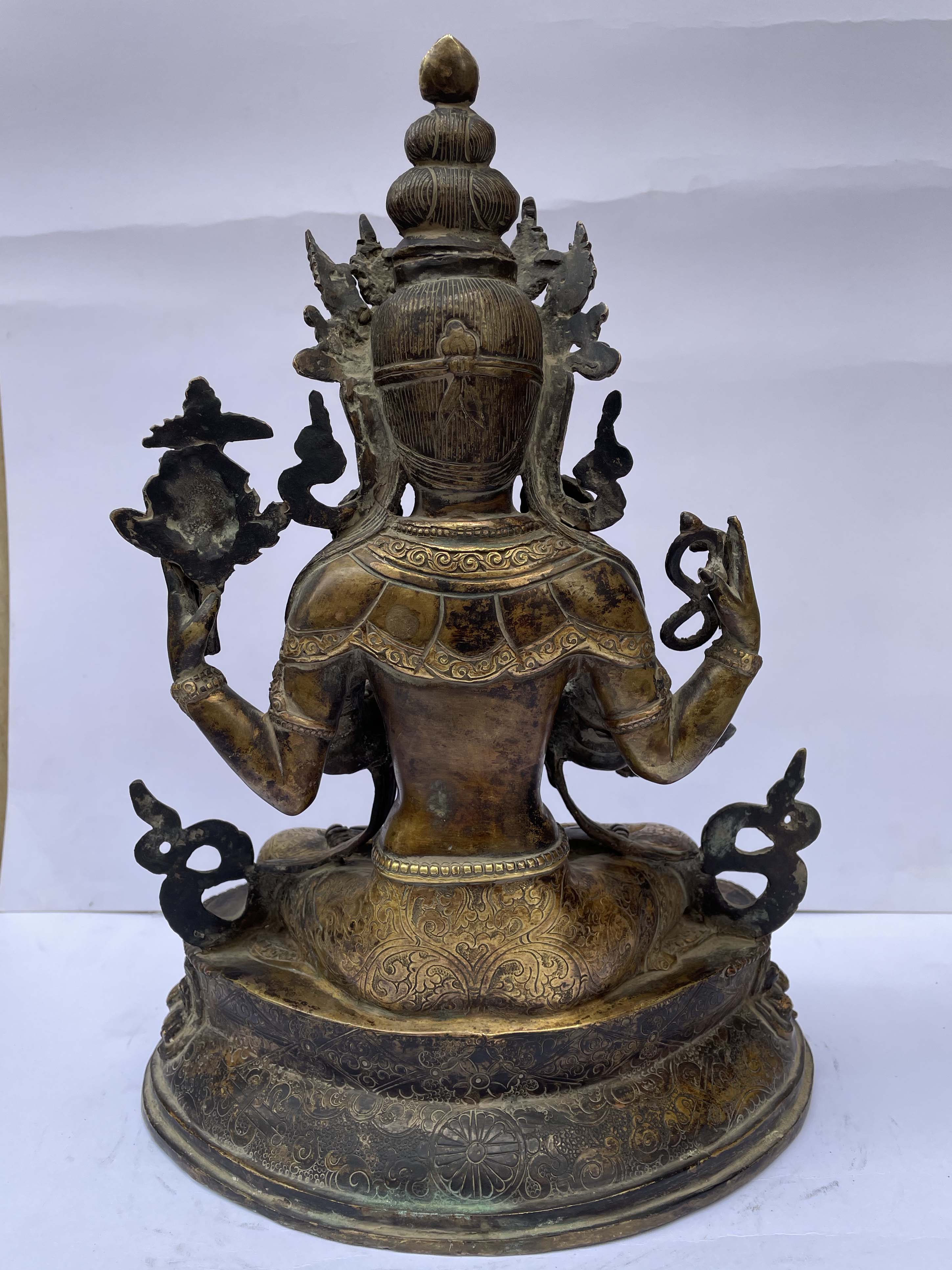 of Chenrezig,
of Chenrezig, 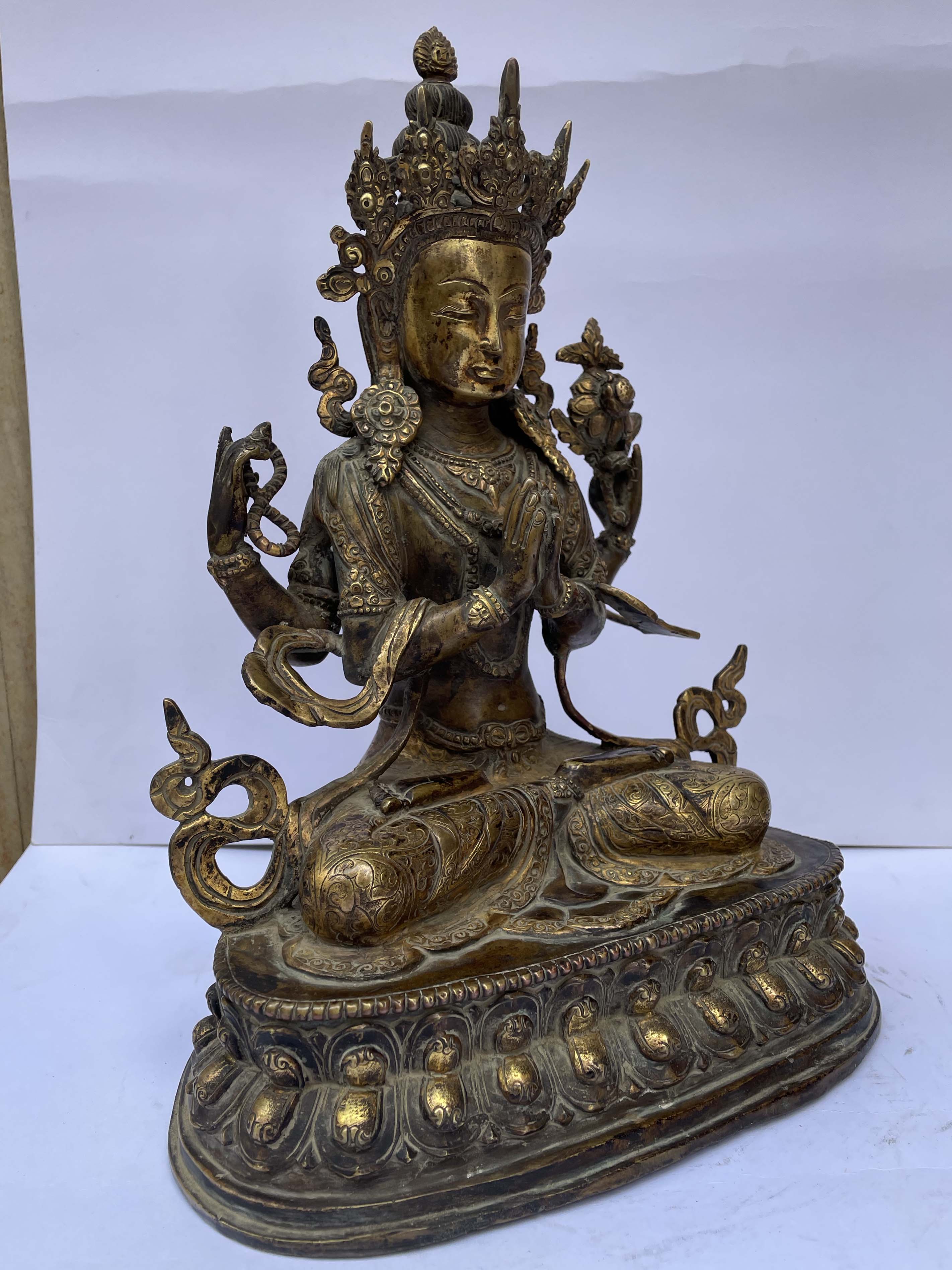 of Chenrezig,
of Chenrezig, 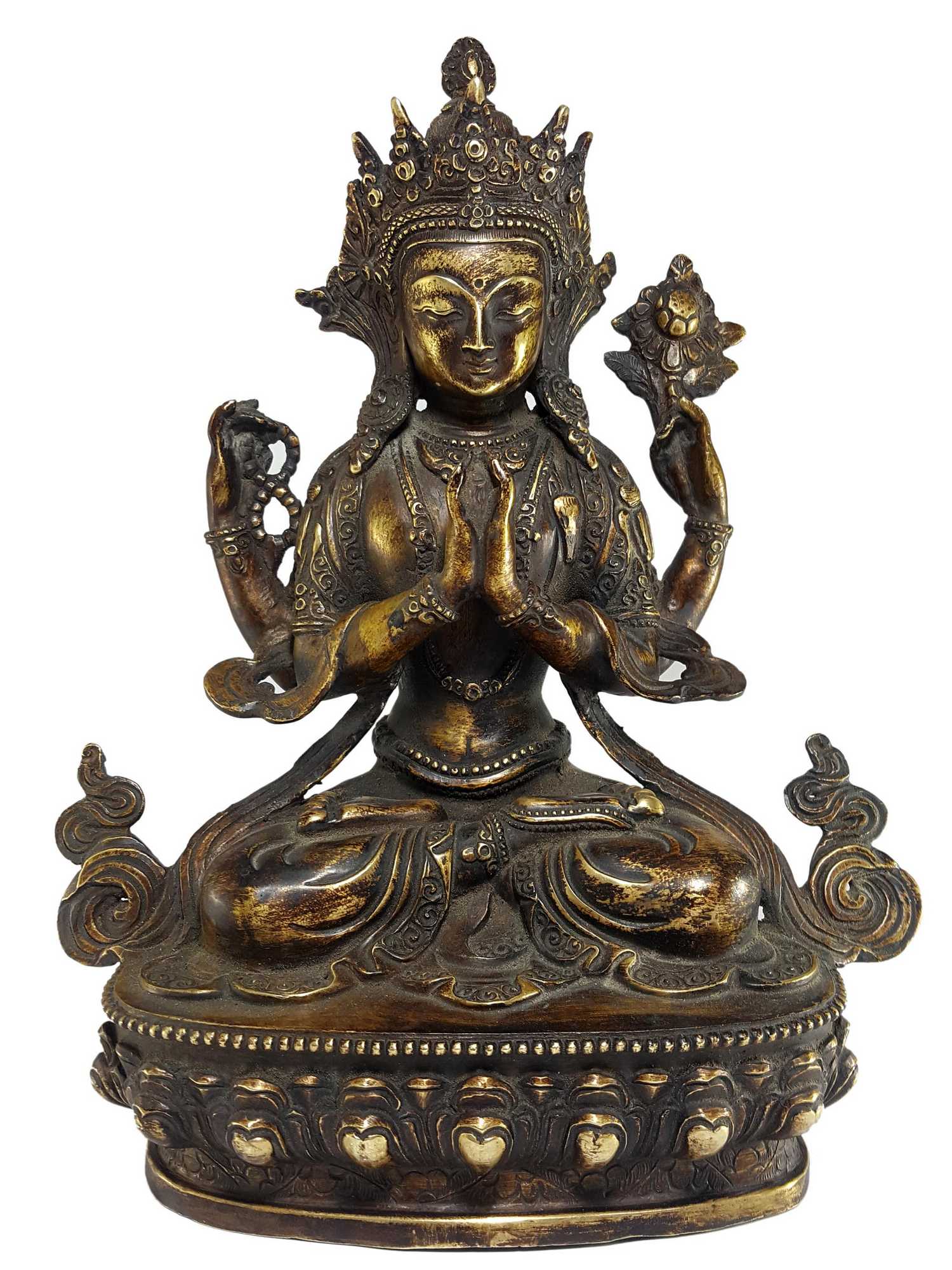 of Avalokiteshvara Chengrezig, Good Quality,
of Avalokiteshvara Chengrezig, Good Quality, 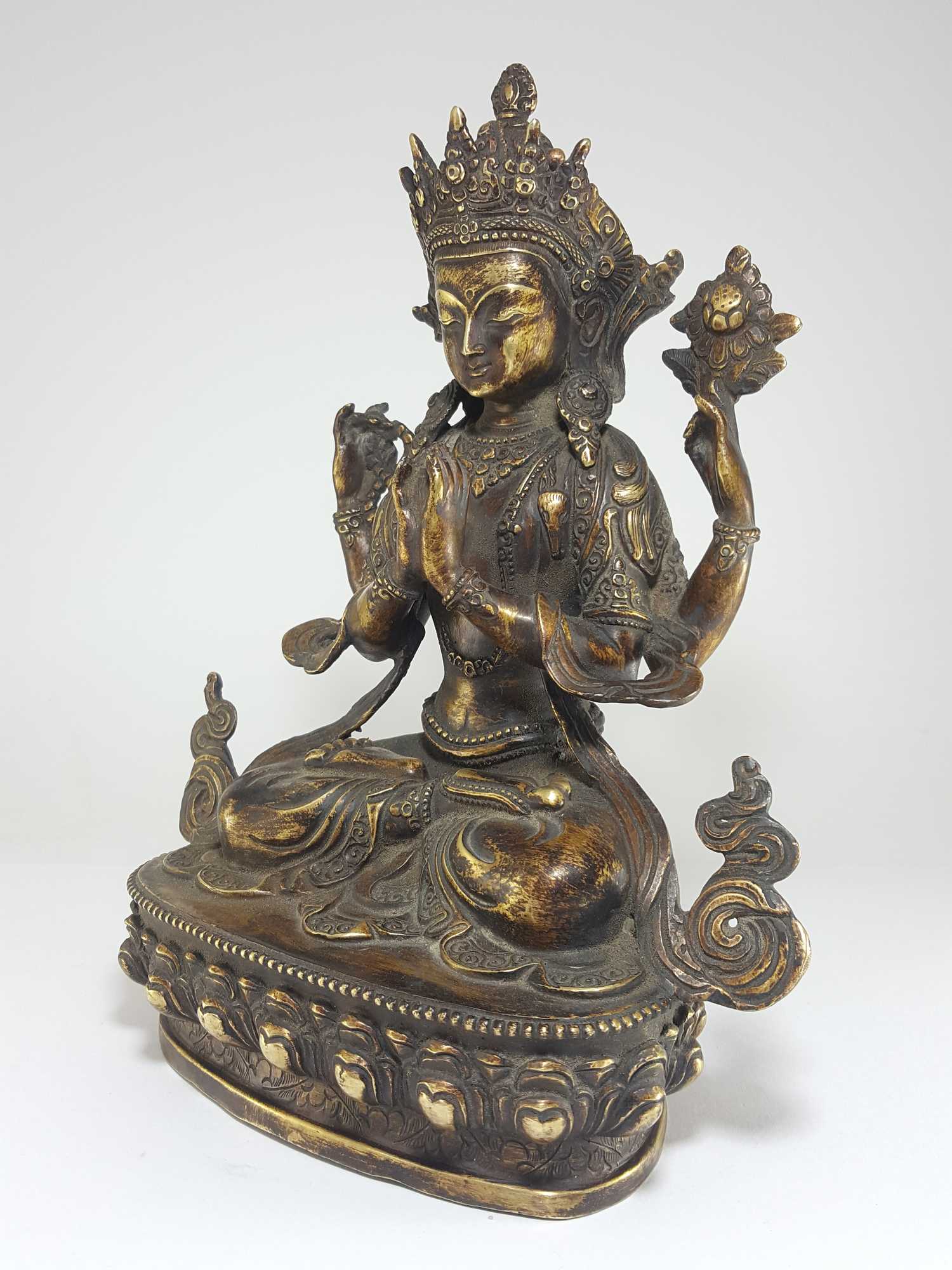 of Avalokiteshvara Chengrezig, Good Quality,
of Avalokiteshvara Chengrezig, Good Quality, 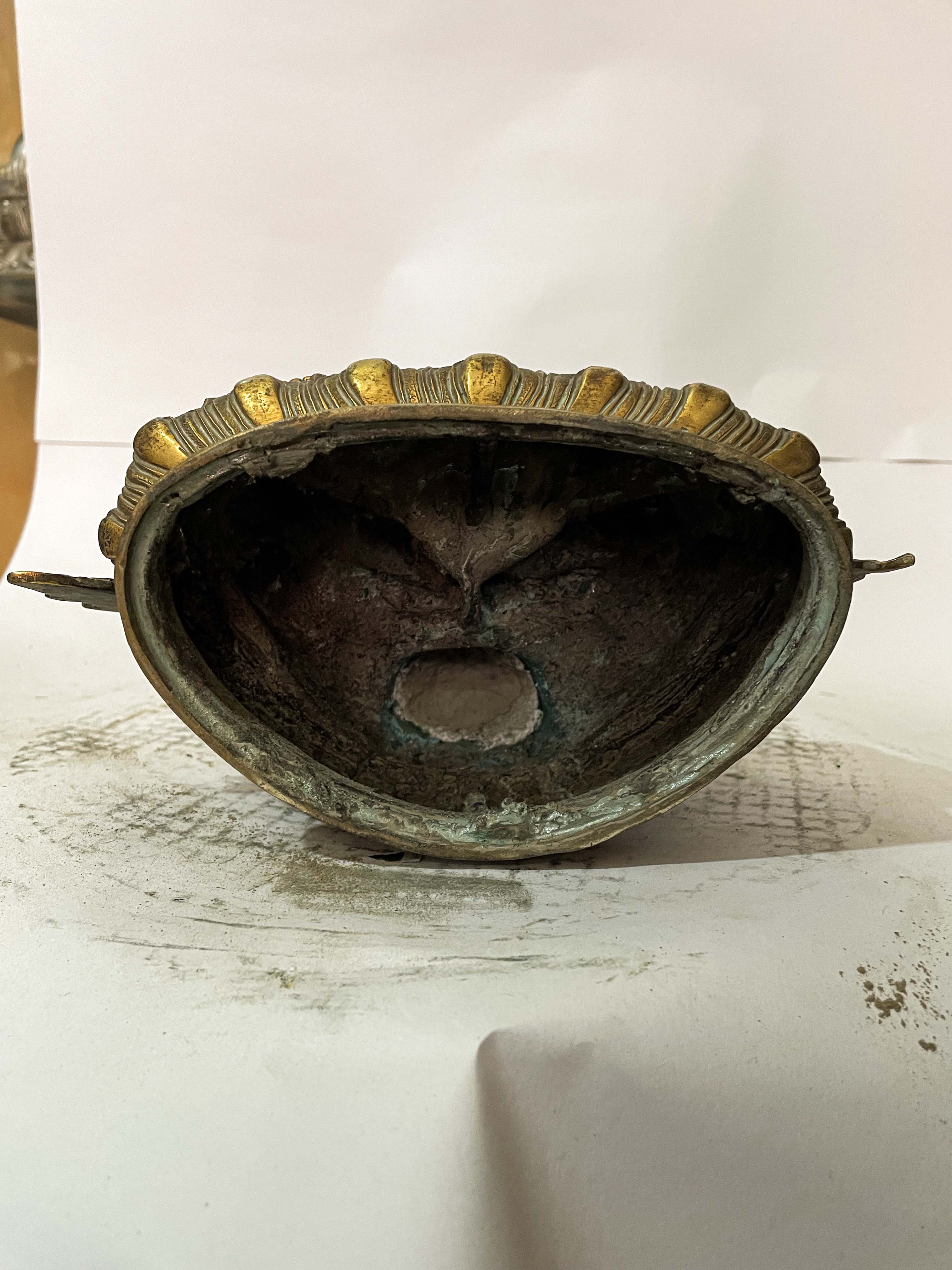 of Chenrezig - Avalokitesvara
of Chenrezig - Avalokitesvara 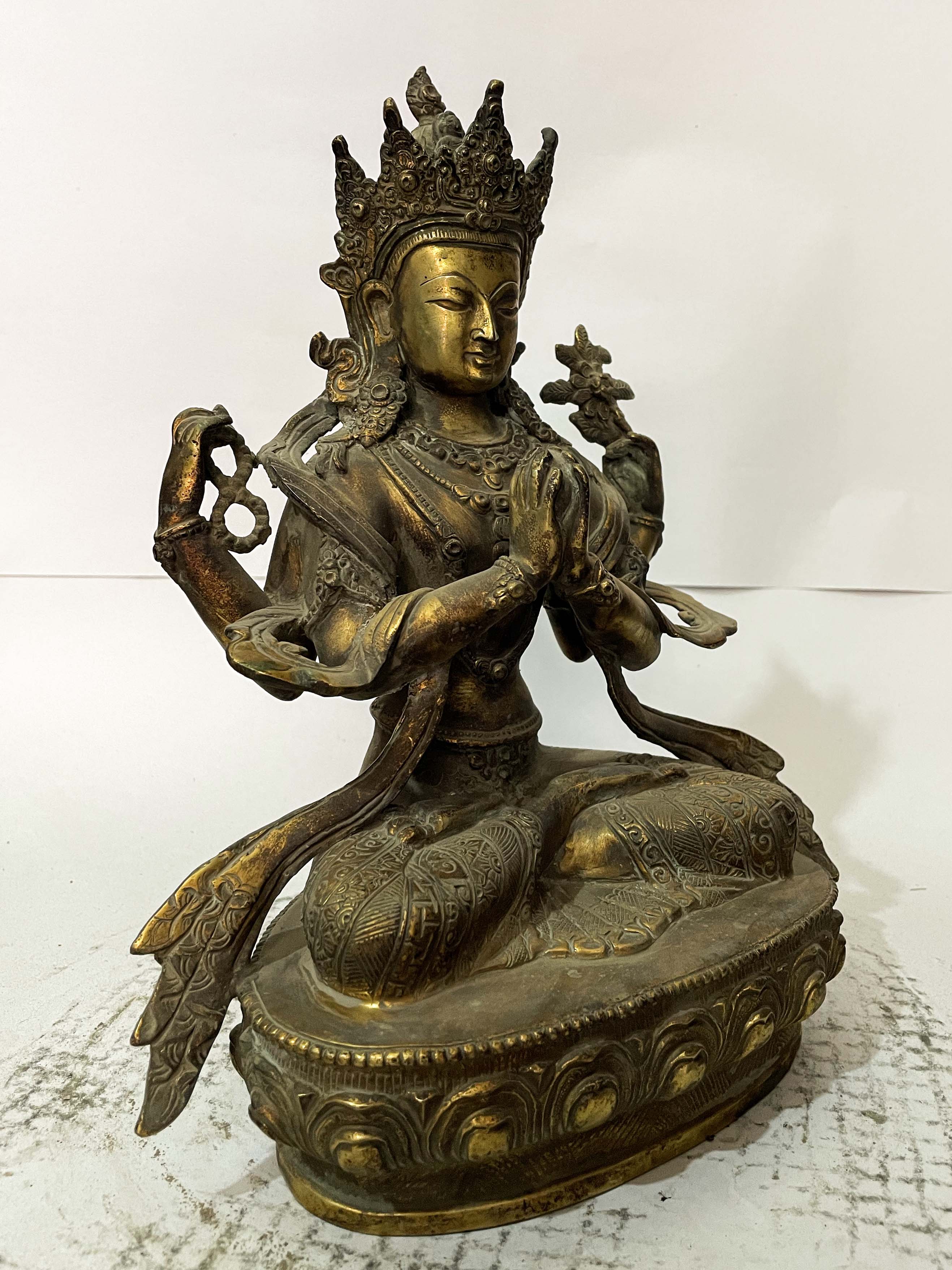 of Chenrezig - Avalokitesvara
of Chenrezig - Avalokitesvara